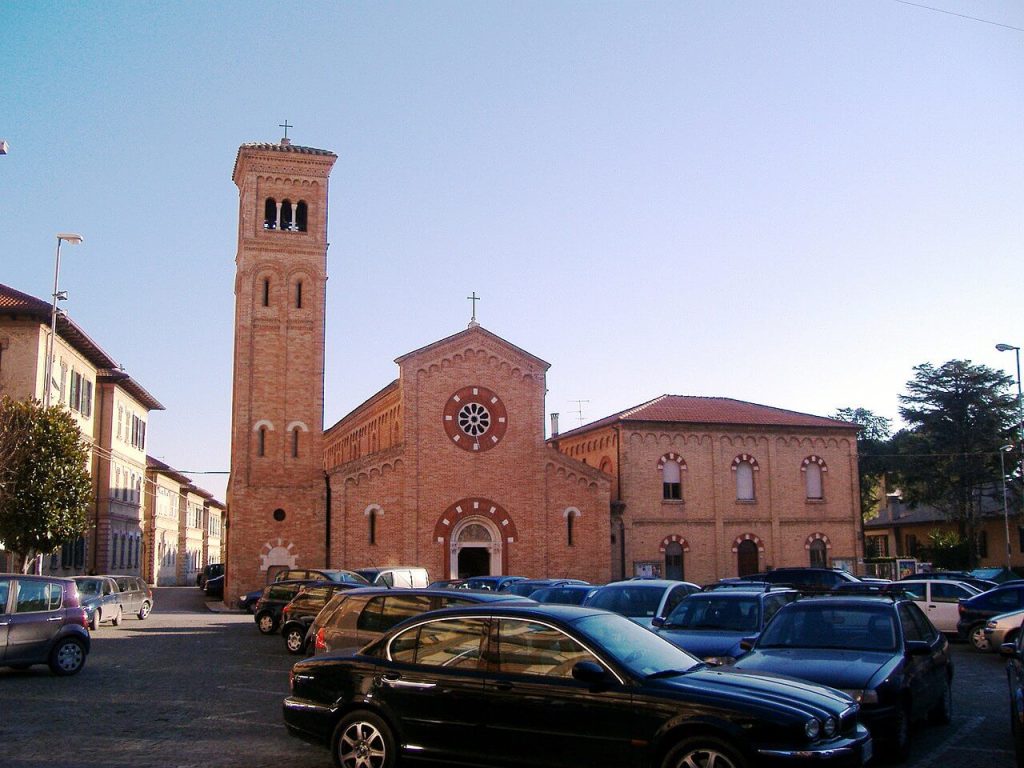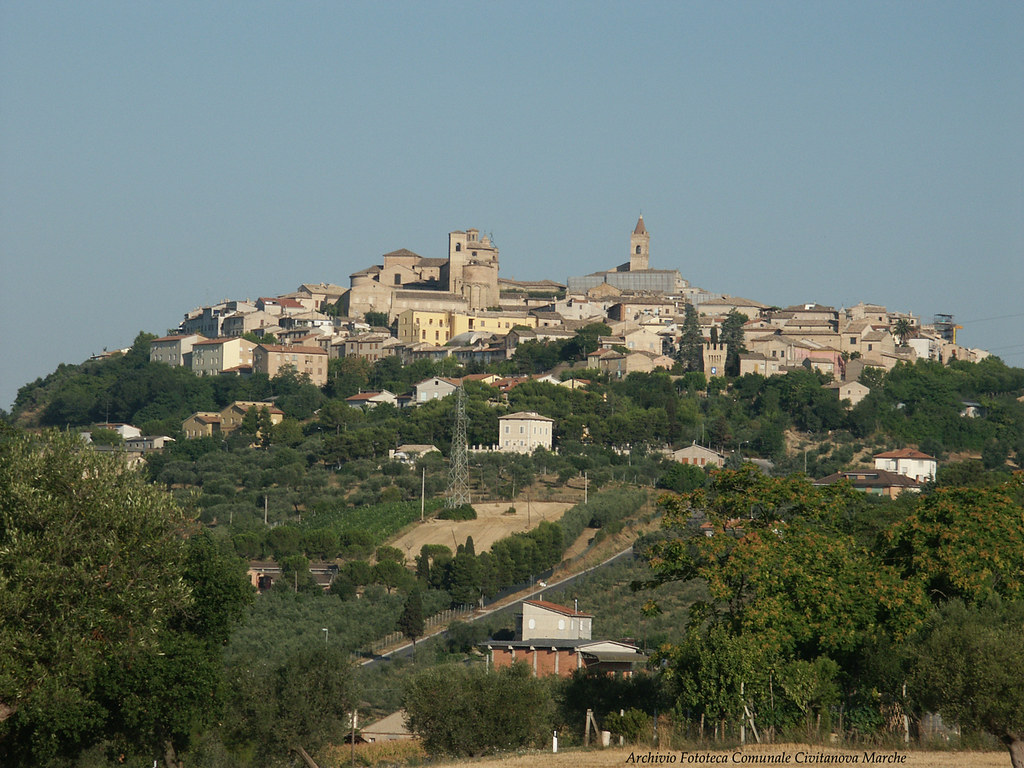History, culture and, of course, a lot of tourism thanks to the renowned beach and the nightlife and other clubs. All this is Civitanova Marche, one of the most interesting places on the Marche coast. Mostly known as seaside resort, Civitanova Marche is not limited only to the beach, but is instead a place to be discovered. At the Lower town, from the "riparian style", which is characterized by the splendid promenade, "contrasts" Civitanova Alta, of a purely medieval imprint, in which you can fully breathe the ancient history of this city, which begins from the time pre-Roman. From an artistic point of view, the city also offers several theaters, museums and monuments of historical interest to visit.
History of the city
Cluana, ancient Latin name of Civitanova Marche, was founded in pre-Roman times (around the XNUMXth century BC). The territory has however been inhabited since the times of Palaeolithic. Its name derives from the river Chienti (that is to say cluentum), not far from the city. This is the area closest to the coast. The Upper Town will rise later (around the XNUMXst century BC) and will take the name of Vicus cluentensis. The two cities, over the centuries, have been theaters of wars and invasions (including the barbarian ones). In this period the church of San Marone, martyr of the XNUMXnd century AD, who became the patron saint of the city. However, the building will be destroyed and rebuilt several times. During the Middle Ages Civitanova Marche, which has now become common, will be incorporated into the Brand of Fermo. It will then pass under the dominion of the Church and other lords, such as i Malatesta from Rimini and Sforza from Milan.

Towards the middle of the fifteenth century, the Sforza family built the walls of the city in the upper part and the fortress at the port. In 1551 the city becomes part of the State of the Church. Pope Julius III he will then donate it as a fief to Giuliano Cesarini. At the end of the sixteenth century Civitanova Marche will then become a duchy thanks to the pope Sixtus V. The fiefdom will remain of the family Cesarini-Sforza until 1817. These centuries are of great prosperity for the city, which is growing more and more. There are two parts: the High City e Civitanova port. These will separate in 1913, but will reunite in 1938 under the current name of Civitanova Marche.
What to see in Civitanova Marche
One of the oldest buildings in the Upper Town is the walls. As already mentioned, these were built at the behest of the Sforza. This consists of four doors (Sant'Angelo, San Paolo, Mercato, Mercato and Girone) and outlines the perimeter of the medieval city. In Piazza della Libertà there is the Ducal Palace (built in the XNUMXth century on a previous XNUMXth century building), in a neoclassical style. Inside it is possible to admire the frescoes of the painter Pilgrim Pilgrims (called Tibaldi), dating back to the sixteenth century. Not far away is the Municipal Delegation Building. It was built in the second half of the nineteenth century by Basile brothers based on an engineer project William Prosperi. In the atrium you can see a Roman plaque in which the old name of the upper city is engraved, that is Vicus cluentensis.

Between the upper town and the port it is located Villa Conti, an Art Nouveau villa with an Italian garden built in 1910. The property also includes a small tower and a chapel, which reproduces the Capuchin church of Macerata. Not far from Villa Conti, it is located Villa Eugenia. It is an aged building Napoleonic mid-nineteenth century, which takes its name from the empress Eugenia Maria of Montijo de Guzman, Wife of Napoleon III, which will remain its property until his death in 1920. In the lower part you can visit the sanctuary of San Marone Martire, apostle of Piceno. It is located in the district of the same name, where the martyrdom of the patron saint took place and his relics are kept inside. The church underwent several restorations over the years. The most important of this occurred in 1890 on the architect's project Joseph Sacconi (the same as the Vittoriano of Rome). However, in that place the construction of an ancient Romanesque church built in the XNUMXth century is attested.
Main events
The best time to visit Civitanova Marche is certainly the summer, so you can also take advantage of the beaches and nightlife of the period. The main event of the city takes place right in the summer, in the month of June. This is the Fair of the Sea, where the waterfront of Civitanova is filled with stalls where you can taste the typical dishes of the area. On a religious level, another important event is certainly the feast of the patron saint San Marone Martire, which takes place every August 16th. On this day the faithful accompany the relics of the saint in a procession at sea, with dozens of boats following.
What to eat in Civitanova Marche
Like many towns on the Adriatic coast, Civitanova Marche also has no shortage of fish specialties. The three characteristic dishes are certainly the "Smart with clothes"(Or octopuses with beets), the"mackerel in red wine"And, finally, the"Civitanova-style soup". The latter (much appreciated by locals and not), is one fish soup, born as a poor dish prepared by fishermen with the remains of the fish of the day.
Civitanova is a city that has a lot to offer to visitors who not only stop at the beach or the promenade, but who are also looking for , culture e Story. If you are thinking of visiting the Marche, Civitanova is certainly one of the destinations not to be missed, especially during the Festa del Mare or the particular festival of San Marone.
Cover photo: “Civitanova Marche Alta (MC)” by www.turismo.marche.it is licensed under CC BY-NC-SA 2.0.





